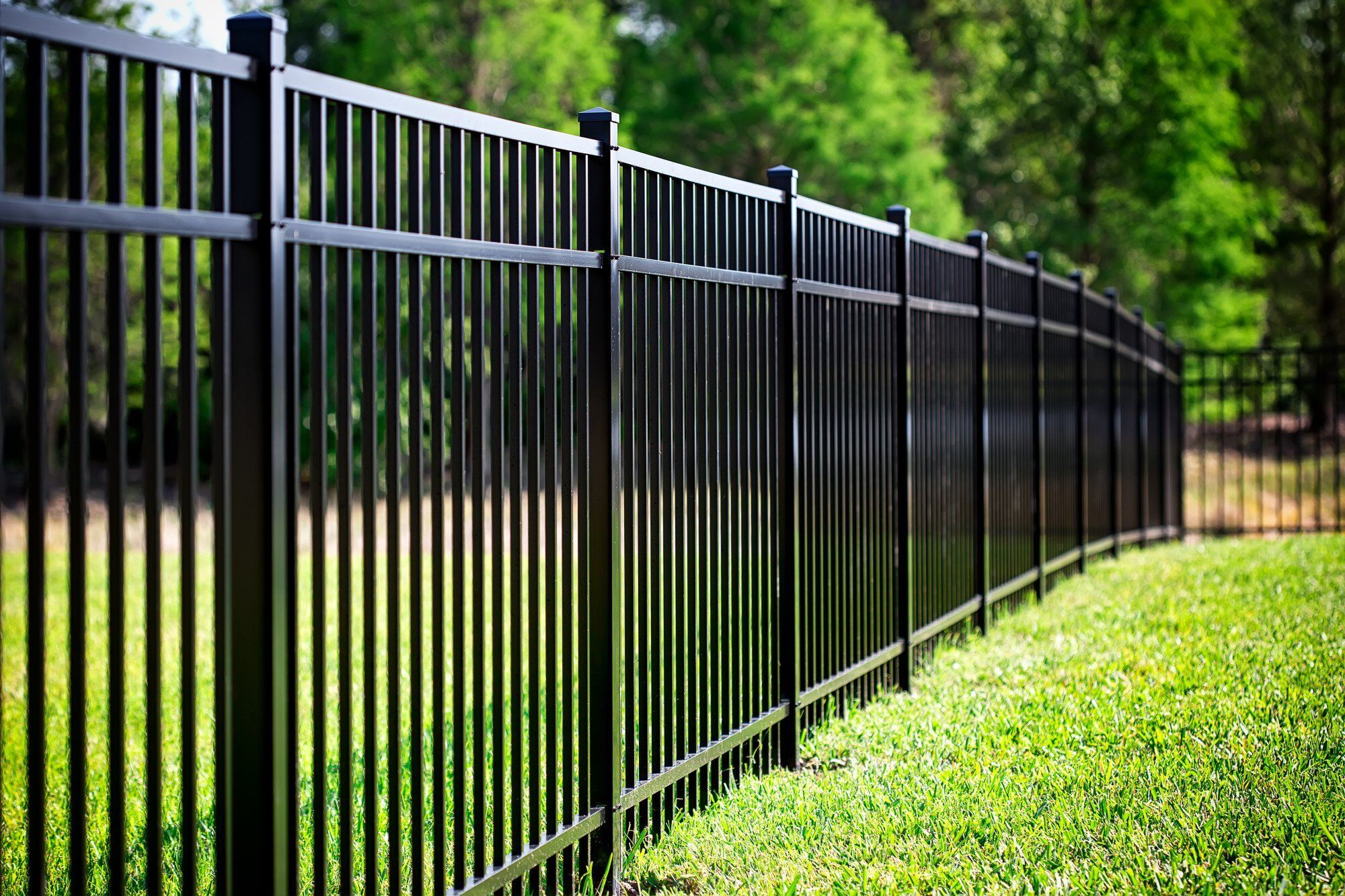All Categories
Featured

As sustainability comes to be a growing top priority for organizations and property owners, the need for environment-friendly structure products prolongs to exterior areas, including fencings. Standard secure fencing materials such as metal, vinyl, and wood can have significant environmental effects, from logging to chemical therapies and plastic waste.
- Bamboo Fencing. Bamboo is one of the most lasting materials on the marketplace, and it is increasingly made use of in fence construction because of its quick growth and stamina. Unlike hardwood trees, bamboo is a grass that can grow back totally within simply a couple of years, making it highly eco-friendly. It's normally immune to parasites and rot, which indicates it does not require extreme chemicals or therapies, making it a green selection.

Benefits: Bamboo fences are durable, low-maintenance, and naturally degradable. They are naturally resistant to termites and dampness, reducing the demand for chemical preservatives. Furthermore, bamboo helps in reducing dirt disintegration as a result of its deep root systems. Considerations: Bamboo can be more expensive than some conventional wood fence options, and it might not appropriate for locations with severe chilly or freezing temperatures, as it can end up being breakable in time. 2. Recycled Materials Fencing. Many manufacturers now supply fences made from post-consumer plastic, recycled wood, or also repurposed metal. Many composite products, for example, are made from recycled plastic bottles, wood scraps, and various other products that would certainly or else be disposed of.
Benefits: Recycled product fences help save natural deposits, reduce contamination, and lower the ecological effect of the manufacturing process. They can additionally offer outstanding durability, resisting degeneration, mold and mildew, and termites. Considerations: While recycled product fencings are very sturdy and environmentally friendly, they might not have the exact same all-natural visual that some home owners seek. However, producers currently use layouts that simulate the look of timber or stone. 3. Compound Secure fencing. Composite fence is made from a mix of wood fibers and plastic, commonly incorporating recycled materials. This mix develops a very sturdy, low-maintenance fence that does not need routine painting or discoloration, making it a sustainable option. Compound fencings are resistant to rot, insects, and weathering, which means they can last for years without the need for frequent substitutes.

Conveniences: Composite fencings are lasting and can stand up to extreme weather conditions, lowering the demand for replacements or repair services. Because composite products typically consist of recycled content, they assist lower plastic waste. In addition, they do not require harmful chemicals or treatments. Considerations: Composite fences can have a higher upfront price than traditional timber or plastic, though their toughness and reduced maintenance costs often make them an extra cost-efficient option in the long run. 4. Living Fencings. Living fencings, additionally referred to as hedges, are a green and aesthetically pleasing choice that entails growing dense hedges, trees, or climbing plants along your building line to develop an all-natural barrier. Popular plants for living fences include boxwood, privet, and holly. These plants can be expanded to offer personal privacy, windbreaks, and noise decrease while contributing to ecological health and wellness.
Conveniences: Living fences advertise biodiversity, boost air quality, and absorb carbon dioxide, making them one of the most green fencing alternatives. They additionally supply an all-natural environment for pests and birds and can reduce environmental pollution and aid manage temperatures in your backyard. Considerations: Living fences require regular upkeep, such as cutting, watering, and occasionally pest control. They likewise require time to develop and might not provide prompt privacy contrasted to strong timber or vinyl fences. 5. Cedar and Redwood Secure Fencing. Cedar and redwood are prominent natural wood options for fencings. These products are sturdy and normally immune to rot, bugs, and moisture, which implies they usually do not require making use of harmful chemical treatments. When sourced from sustainably managed woodlands, cedar and redwood fences can be an eco friendly selection that supplies both appeal and durability.
Advantages: These timbers are naturally degradable, renewable, and deal exceptional durability and all-natural charm. Cedar and redwood likewise have a reduced ecological effect when harvested sensibly, making them a green option for many home owners. Considerations: While cedar and redwood fences have ecological benefits, they do still require periodic maintenance and are more pricey than other timber alternatives. It is necessary to make sure that the timber is sourced from lasting forests to maximize its environmental advantages. 6. Stone and Block Secure Fencing (Redeemed) Stone and brick fences are low-maintenance and extremely sturdy, and they can be environment-friendly when made from redeemed materials. Redeemed rock and block are frequently recovered from old structures or building projects, reducing waste and saving natural deposits. These products offer a timeless look and are very resistant to weathering, making them a resilient option for secure fencing.
Conveniences: Recovered stone and brick are resilient, cosmetically pleasing, and need marginal maintenance. By repurposing these materials, you aid decrease the demand for brand-new resources and reduce waste in garbage dumps. Factors to consider: The installation of rock and block fences can be labor-intensive and a lot more costly contrasted to various other products, however their long life and low maintenance requirements can make them cost-effective in the lengthy run. Final thought. Green fencing alternatives are not just great for the atmosphere yet also supply toughness, low upkeep, and visual charm. Whether you choose bamboo, recycled products, composite fencing, living fences, or lasting timber like cedar and redwood, there are lots of ways to reduce your environmental impact while enhancing your property's appearance. By picking these eco-conscious products, you can add to a much healthier planet and create an exterior area that shows your worths.
Latest Posts
How Does the Store Take Care Of Furniture Shipment and Setting Up Services?
Published Jan 20, 25
0 min read
Protect Your Home with A-Abel Roofing
Published Jan 20, 25
1 min read
The Ultimate Checklist for Planning a Kosher Wedding
Published Jan 20, 25
1 min read